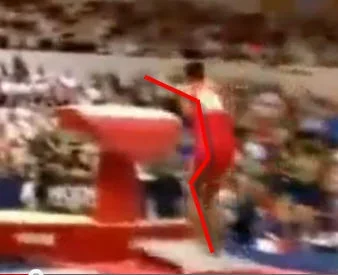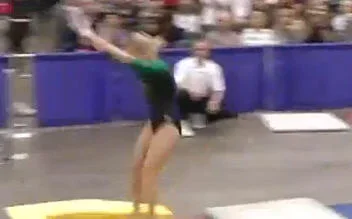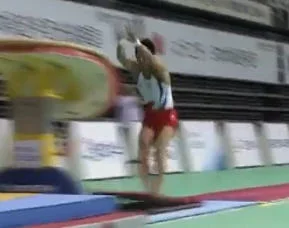- Nov 4, 2009
- 810
- 314
I won't put anything in to skew this one just because I already have a particular point of view one it. Basically, Where do you like to have the gymnasts' arms when their feet make contact with the springboard when they vault. This is for normal entry vaults not round off entries.




